Our History
-
2023

We set a paramount milestone when we announced the strategic restructuring that divided our operations in two divisions: Lithium on one side and Iodine Vegetal Nutrition on the other. This decision did not only respond to the demands and dynamics related to the Lithium market but it also recognized the specific challenges that the Iodine Vegetal Nutrition division was facing. The change boosts our position in the market and sets the bases for a greater operational efficiency and also for sustainable growth in the future.
-
2019

We certified the production and commercialization processes of lithium, iodine and soluble fertilizers under the ISO 9001:2015 standard.
-
2016
We expanded our lithium business to Argentina through a joint venture with Canadian LAC, in order to develop a lithium project located in the Cauchari Salt Flat. We have also invested US$20 million in Elemental Minerals Limited, an Australian potassium company, to carry out a potassium project in Congo. Lithium hydroxide production in Chile has increase its capacity from 6,000 to 13,000 MT per year. SQM’s Strategic Development Plan has been implemented, establishing short-, medium- and long-term capabilities, tasks and goals.
-
2015
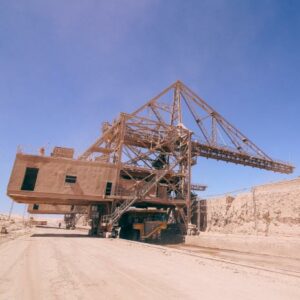
We obtained the “Project & Sustain” Certifications granted by the International Fertilizer Association (IFA). Pedro de Valdivia mine closed its operations in order to focus production efforts for iodine, iodide and nitrate salts at Nueva Victoria mine.
-
2014
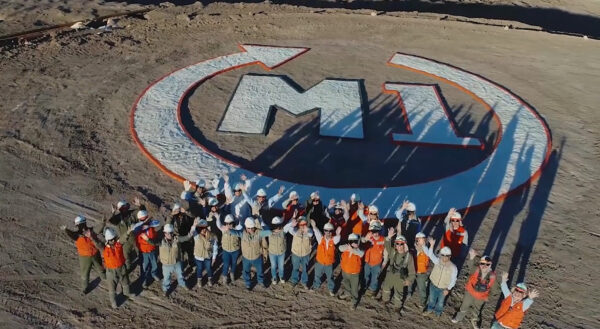
A US$250 million international bond is placed in the United States. We took on the Lean work methodology known as M1, implemented very successfully as part of a plan to reduce costs and increase productivity. We inaugurated “Puquios de Llamara”, an observation trail located at the Tamarugal Pampa National Reserve. We opened the “Industrial Life of Saltpeter” exhibition at the Huanchaca Ruins Museum located in Antofagasta.
-
2013
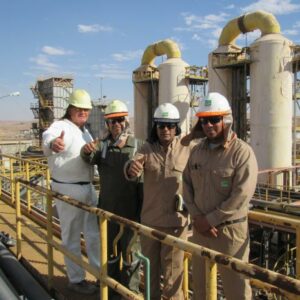
Nueva Victoria’s operations get certified in Responsible Care by the Chilean Chemical Industry Association ASIQUIM. Capstone Mining Corp. signed an option agreement with SQM for majority share in metal discoveries at the Taltal Province project. We also sold the Antucoya project to Antofagasta Minerals, as well as inaugurating the Environmental Education Center jointly with CONAF, which is located at Tamarugal Pampa National Reserve in the Tarapaca Region. In addition, a high-tech hydroponic greenhouse started operations at Quillagua, as part of development programs in order to benefit the community.
-
2010
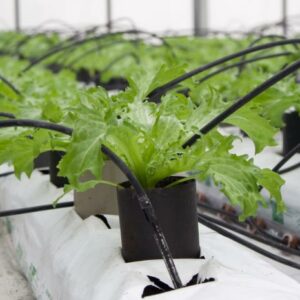
In Dubai, SQM Vitas introduced a new line of phosphate products in the soluble products sector.
-
2009
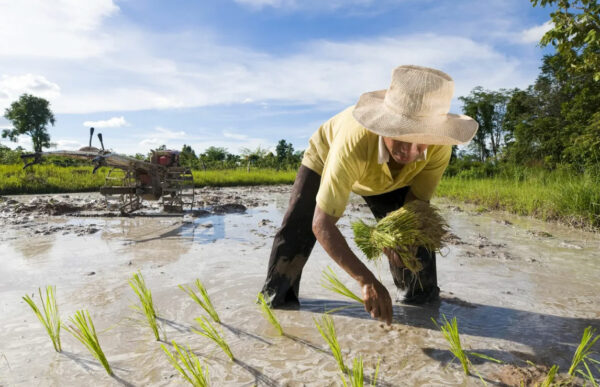
We added a new joint venture with Coromandel (India), Qingdao Star (China) and Roullier (France) as we continue our internationalization.
-
2008

We expanded our lithium carbonate production capacity to 40,000 tons per year. A joint venture is signed with Migao Corporation in order to produce and distribute potassium nitrate in China. We helped rebuild the town of Maria Elena after being affected by the 2007 earthquake. We also built two residential complexes with the highest standards for 772 workers in the town of Maria Elena. The innovative Atacama Tierra Fertil program is launched in the Atacama Salt Flats.
-
2007

We started production activities at the new nitrate prilling and granulation plant in Coya Sur
-
2006
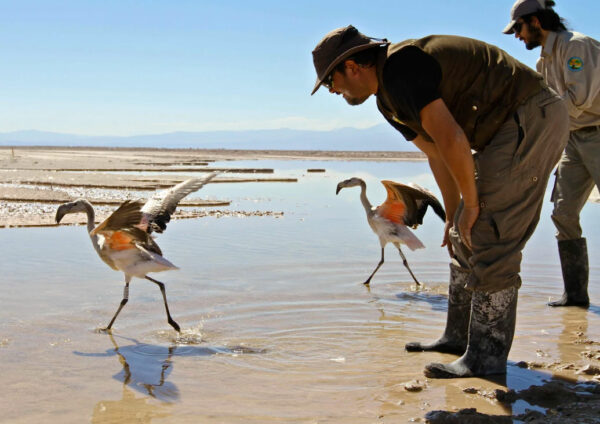
We acquired DSM’s iodine business in Chile and made investments to increase production capacity at the Nueva Victoria iodine plant. The Company’s first Sustainable Development Policy is published, and environmental approval is obtained in order to increase extraction at Atacama Salt Flats, with a robust environmental monitoring and early warning plan.
-
2005
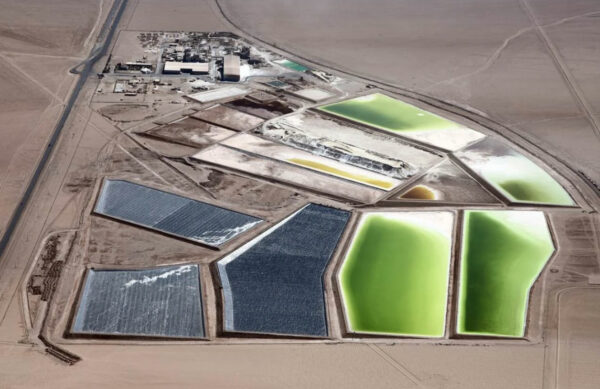
We acquired Kemira Emirates Fertilizers Company (Kefco), a soluble fertilizer manufacturer. Lithium hydroxide production begins at a new plant in Del Carmen Salt Flats.
-
2001
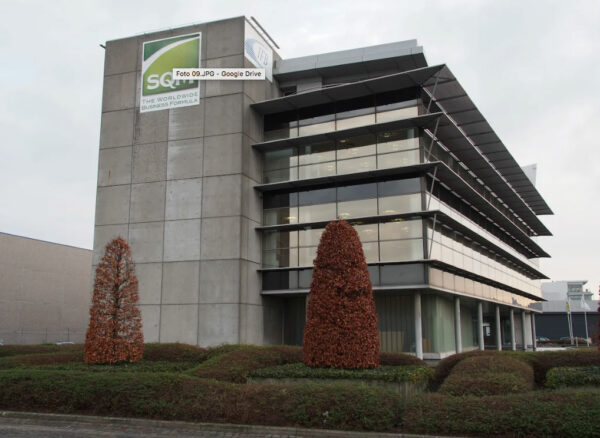
We began a new expansion stage by signing several commercial agreements with very important international companies, expanding our production capacity and commercial network, which is a quality that makes us stand out today.
-
2000
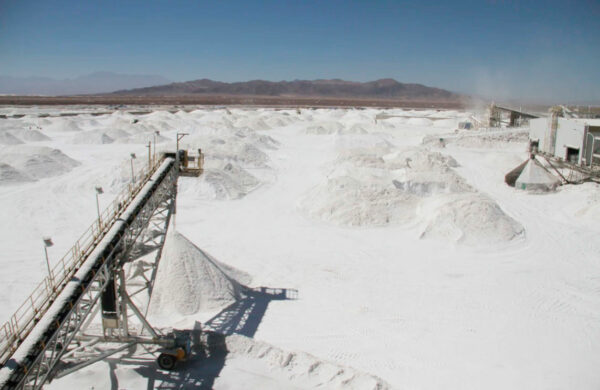
Potassium chloride production is expanded in the Atacama Salt Flats, and a new potassium nitrate plant is built in Coya Sur.
-
1997
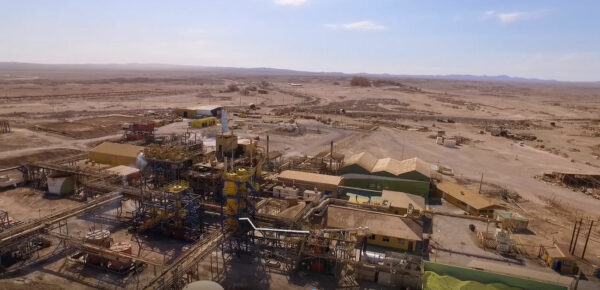
Lithium carbonate production begins at facilities built in Del Carmen Salt Flats. Iodine production begins at the Nueva Victoria plant located at Tarapaca Region.
-
1995

A second ADR (American Depositary Receipt) is placed on the New York Stock Exchange, in order to continue an important international capitalization process. We obtained our first environmental approval to start operations for potassium chloride at the Atacama Salt Flats. An agreement is signed jointly with CONAF in order to monitor birdlife and their habitat located on the lagoons of the Atacama Salt Flats.
-
1993
We begin a lease agreement with CORFO for the mining properties located at the Atacama Salt Flats, giving way to the potassium and lithium production project. In Coya Sur, the technical potassium nitrate plant begins operations. In a very decisive step for the company, SQM’s first ADR (American Depositary Receipt) placement is made in the international market.
-
1986
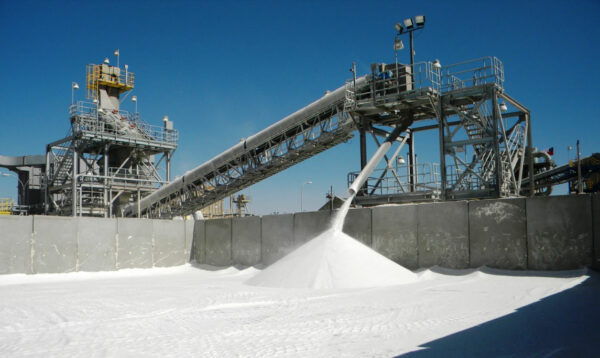
Potassium nitrate is first produced at Coya Sur using a completely new process designed by SQM.The first potassium nitrate production process begins at Coya Sur, thanks to a totally new plan designed by SQM.
-
1983
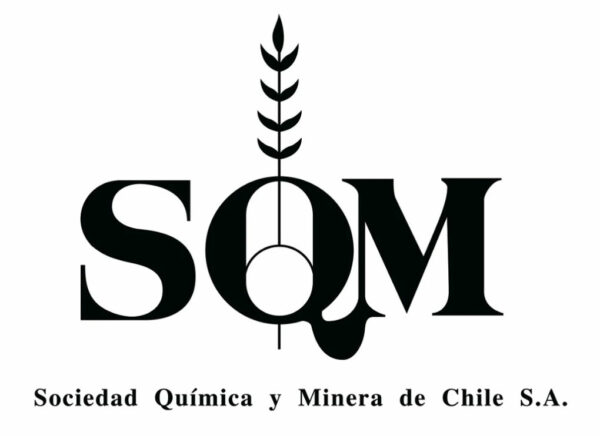
The company begins a privatization process, which concluded in 1988, and pension funds became part of the Company’s property.
-
1971
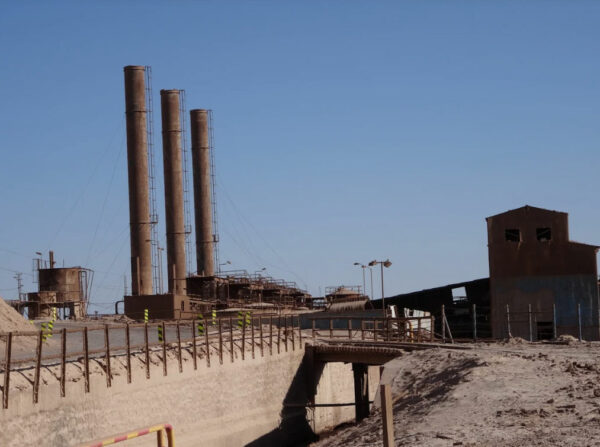
The company is nationalized and CORFO takes control of 100% of the Company.
-
1968
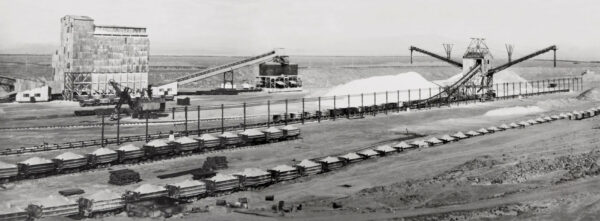
SQM is born after a merger of the Chilean State and Saltpeter and Iodine Sales Corporation, Anglo Lautaro Saltpeter Company and Victoria Company.
-
1951
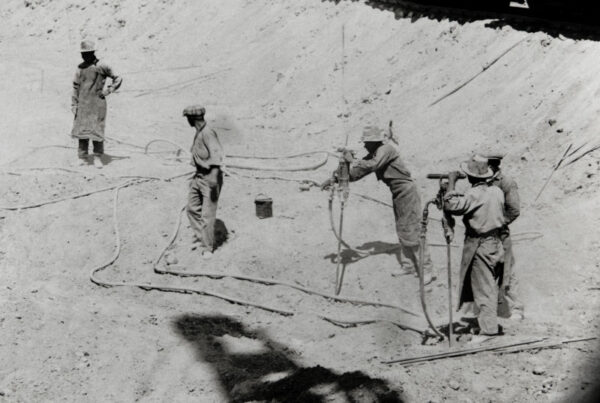
A nitrate crystallization plant is built at Coya Sur in order to take advantage of nitrate precipitations happening in solar evaporation ponds.
-
1931
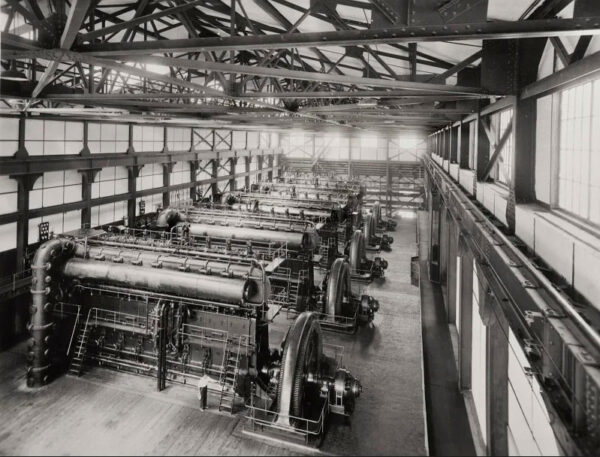
The Pedro de Valdivia plant begins operations using the Guggenheim production system in order to produce sodium nitrate and iodine.
-
1926
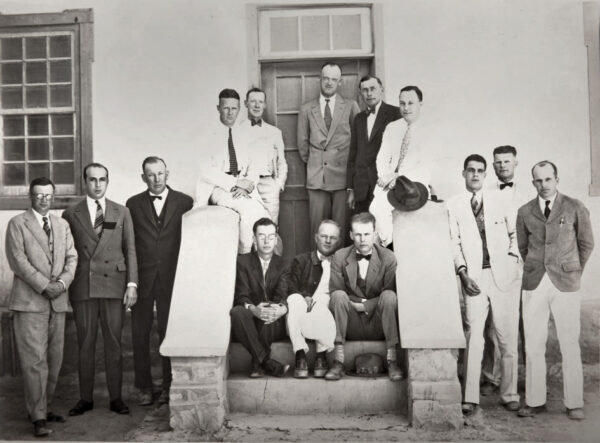
The Maria Elena office begins operations after the acquisition of land located at “El Toco” Canton by the Guggenheim family.
